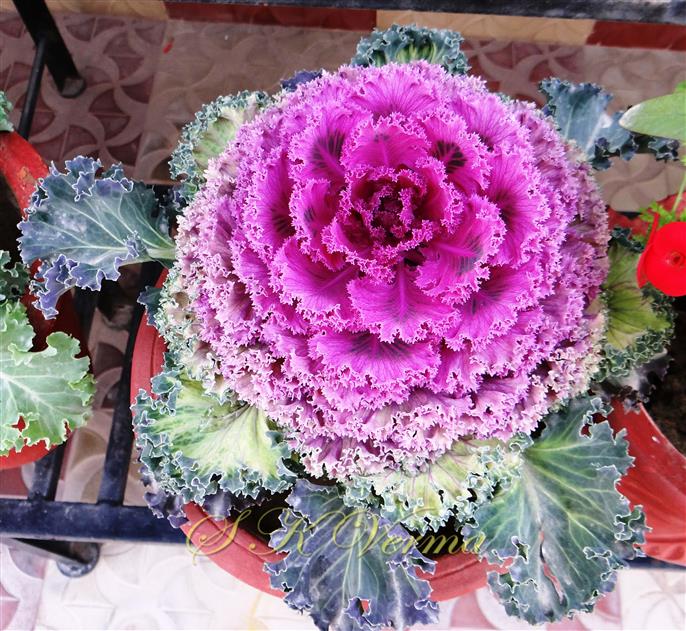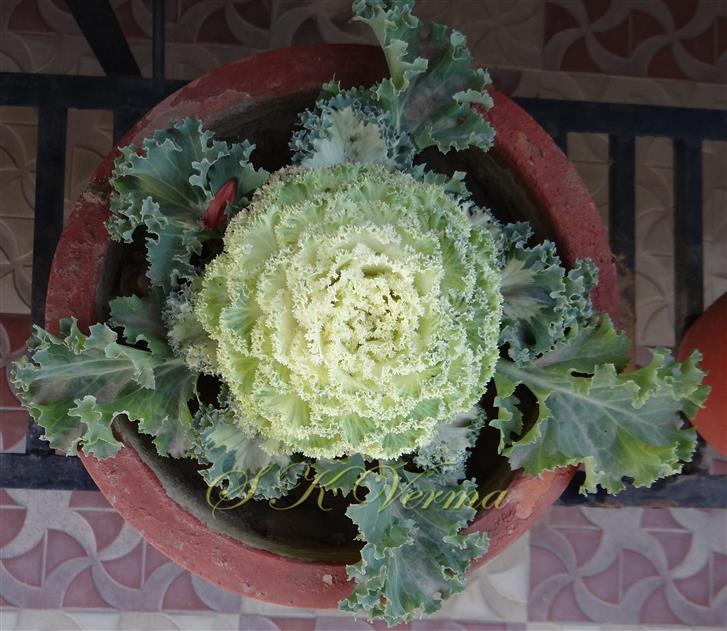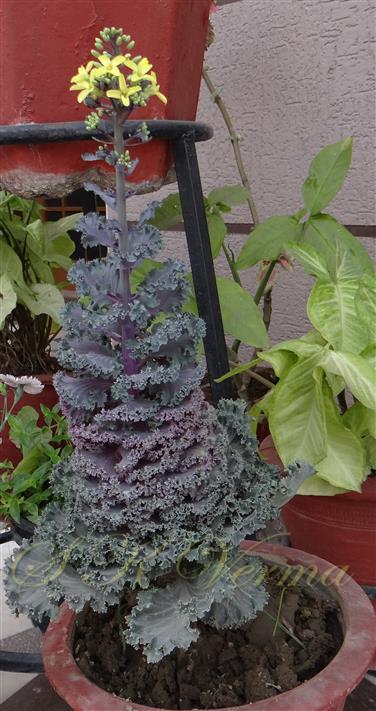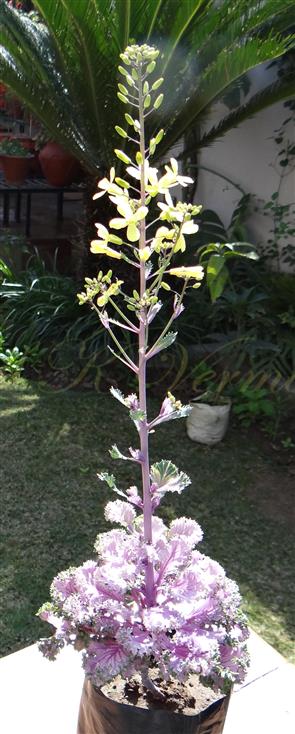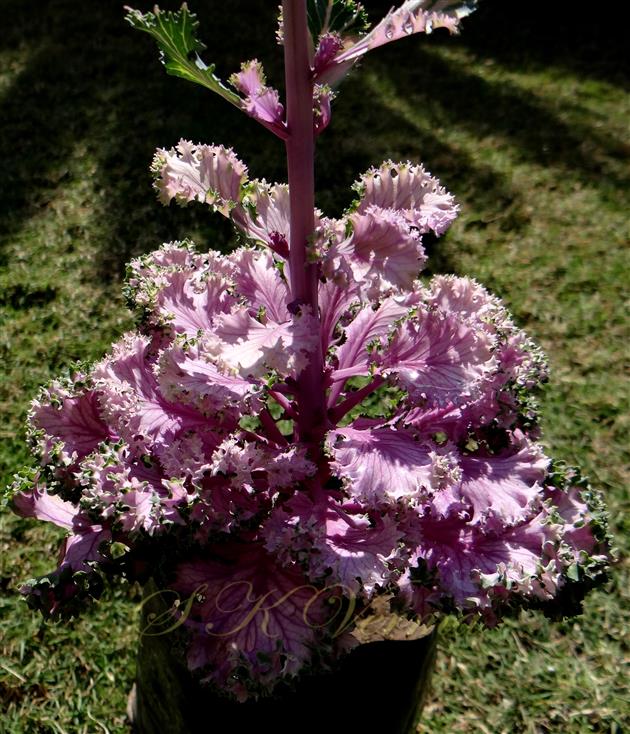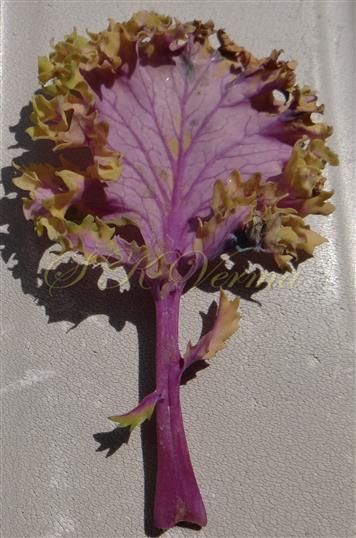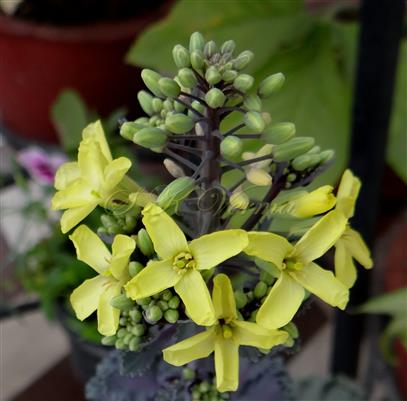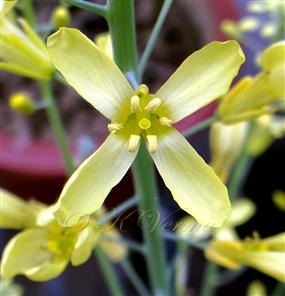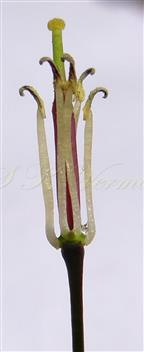BRASSICA
Brassica
L., Sp. Pl. 666. 1753; Gen. Pl. ed. 5: 299. 1754; Prain, Rec. Agr. Bull. Bengal 4: 1898; Schulz in Engl., Pflenzenr. 70 (IV. 105): 1-290, 1919 and 1-100, 1923; Schulz in Engl. & Prantl, Nat. Pflenzenfam. ed. 2, 17 b: 321. 1936; Harberd, Bot. Jour. Linn. Soc. 65: 1-23. 1972; Fl. China @ eFloras.org 8: 16; Warwick, Fl. North Amer. @ eFloras.org 7: 419; Fl. Pak. @ eFloras.org
Annual, biennial or perennial herbs, glabrous or hairy with simple often setaceous hairs; roots slender or tuberous. Leaves alternate, lower rarely rosulate, lyrate, cuneate or amplexicaul. Racemes usually short and corymbose. Flowers medium-sized, usually yellow, regular, pedicellate, pedicels elongating in fruit, often slightly thickened and spreading. Sepals 4, subequal; outer oblong, obtuse; inner ovate, subobtuse, saccate at the base. Petals 4, free, mostly yellow, blade obovate, spatulate or rarely oblanceolate, apex obtuse or emarginate; claw distinct, subequalling or longer than sepals. Stamens 6, tetradynamous, anthers ovate or oblong, obtuse at the apex; filaments linear. Nectar glands 4, green, median and lateral (rarely 2 and lateral), laterals abruptly prismatic, often small; middle subglobose, oblong, filiform, sometimes large, up to 0.7 mm long. Ovary cylindrical, 4-50-ovuled; style obsolete or distinct; stigma capitate or bilobed. Siliquae dehiscent, sessile or stipitate, valves/ segments 2, linear, torulose (constricted) or smooth, terete or 4-angled; terminal segment 0-3-seeded, filiform or conic, rarely cylindrical; valves each prominently 1-veined, glabrous; replum rounded, septum complete; 4-50 seeds. Seeds uniseriate or rarely biseriate, globular or rarely oblong, brown.
42 species
Brassica oleracea
Brassica oleracea
L., Sp. Pl. 667. 1753; Clapham et al., Fl. Brit. Isles ed. 2: 122. 1962; Fl. China @ eFloras.org 8: 17; Fl. North Amer. @ eFloras.org 7: 423; Fl. Pak. @ eFloras.org
Biennial or perennials with slender tap root or woody caudex becoming suffrutescent, glabrous, glaucous. Stem branched distally, 30-150 cm. Basal leaves petiolate, petiole up to 30 cm long, blade oblong to obovate, to 45 cm 15 cm, fleshy, blade pinnatifid/ pinnatisect and with a large terminal lobe and small 1-13 lobes on each side of midrib or with dentate margin. Cauline leaves sessile, blade oblong to lanceolate to 10 cm x 4 cm, base auriculate or amplexicaul, margin entire, repand or denticulate. Inflorescence corymbose raceme in panicles, fleshy and sometimes condensed into a head. Fruiting pedicels usually straight, ascending or divaricate, 8-40 mm (average size 25-25 mm). Sepals 4, oblong, 8-15 mm x 15-27 mm, erect. Petals 4, cruciform, creamy yellow or rarely white, 15-30 mm x 6-12 mm (average size 18-25 mm x 8-10 mm), ovate or elliptic, apex rounded; claw 7-15 mm. Stamens 6, tetradynamous; filaments 8-12 mm long; anthers 2.5-4 mm, oblong. Ovary cylindrical, bilocular with many ovules; style short and thick; stigma capitate. Siliquae linear, 25-100 mm (average range 40-80 mm) long, 25-50 mm (average size 30-40 mm), cylindrical, sessile or shortly stipitate, divaricate or ascending, 10-20 seeds per locule; valves with a prominent midvein; terminal segment conical, 3-10 mm, seedless or 1-2 seeded; style obsolete. Seeds dark brown or blackish, globose, 1.5-2.5 mm in diameter.
KEY TO THE VARIETIES
abbreviated with a dense head of leaves before flowering……………………… var. capitata (Cabbage)
+ Racemes congested, fleshy and abbreviated, +/- covered with leaves; stem not
with head of leaves before flowering ………………………………………………………2
2. Flower buds white, densely and tightly compact;
Rachis and pedicels white…………………………........................................... var. botrytis (Cauliflower)
+ Flower buds green, somewhat loosely grouped,
Rachis and pedicels green…………………………….......................................var. italica (Broccoli)
